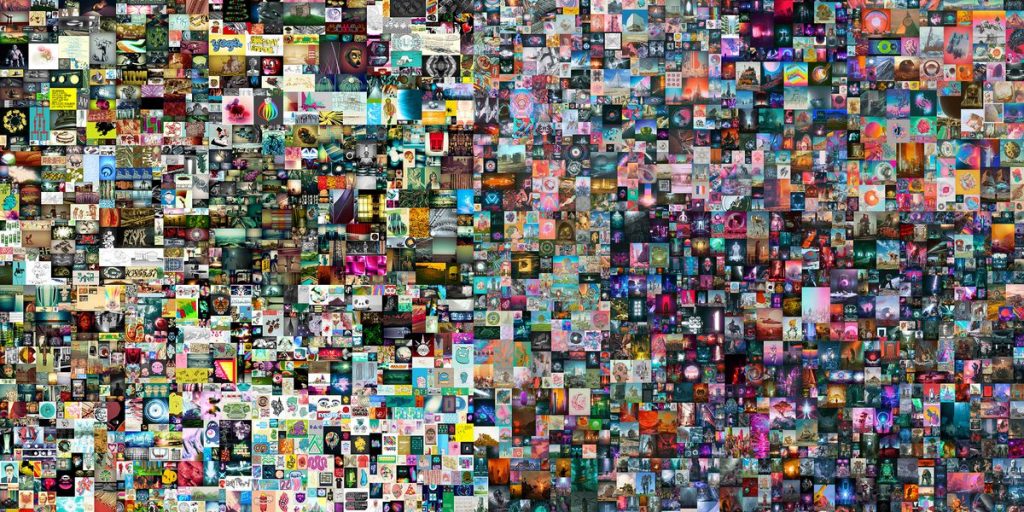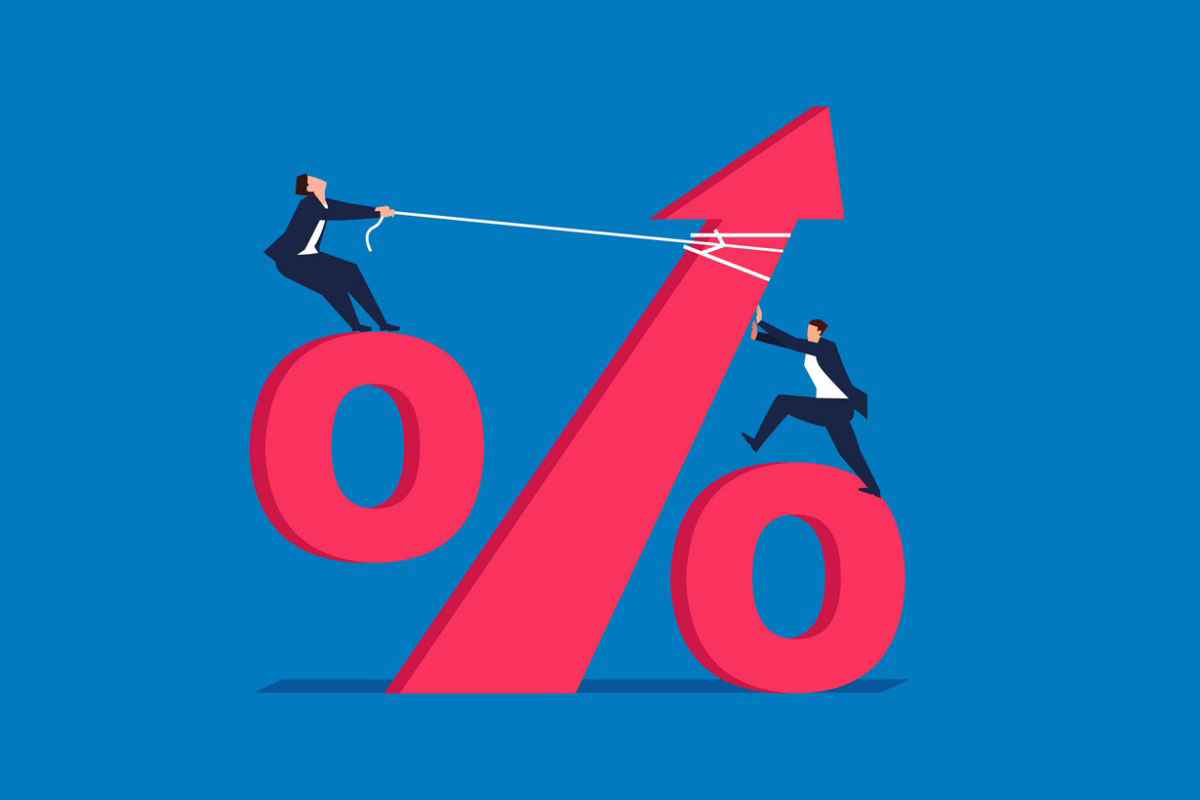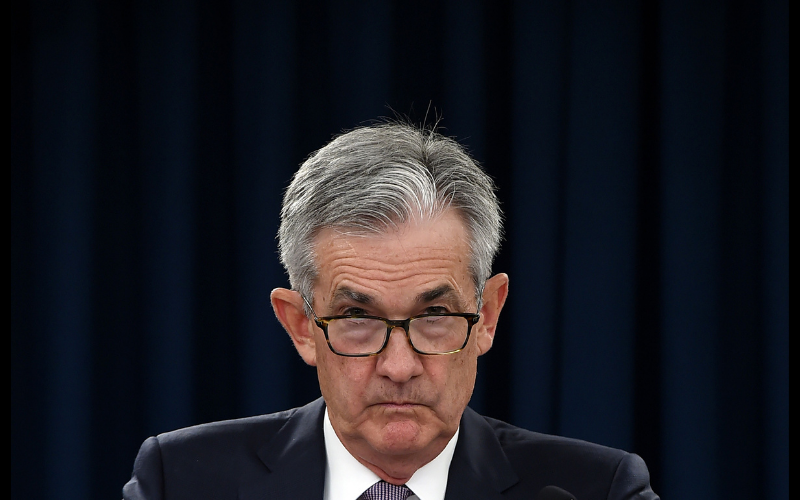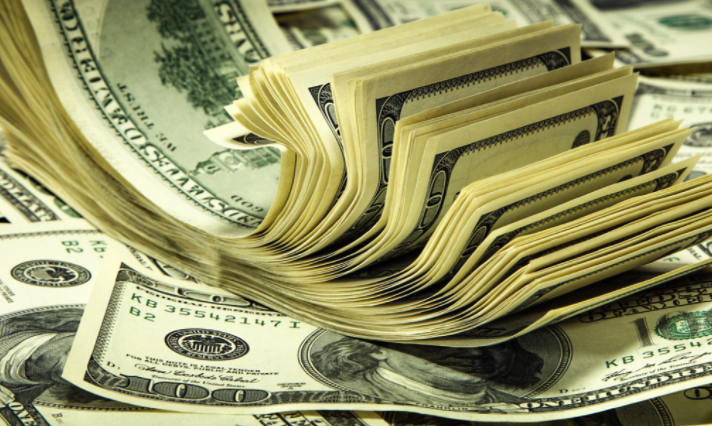- NFTs provide a formal claim to digital assets
- Market for digital art has exploded
- NFTs are poised to transform the way business will be done
- Part of a broader trend of virtualization of the physical world
- Investors need to remain open minded
Non fungible tokens (NFT) is a blockchain technology that allows for official registration of ownership of any piece of software code. It is in essence nothing more than a glorified Google spreadsheet ledger entry that simply bestows title rights to a digital asset to anyone who purchases the token.
Since all software is replicable in perfect fidelity and in an infinite amount, the reality is that although a user may have title claim to a particular digital asset – that “same” asset can exist on a billion other smartphones or computers in the exact form as that of the title owner.

Absurd?
On the face of it the concept of NFT appears to be absurd. The recent popularity of NBA’s TopShot which are “digital trading card packs” – made up of nothing more than highlight clips that anyone can watch on YouTube for free but are now 200M collectible market and last week’s $69 Million dollar sale of the of a work called Beeple’s collage by artist Mike Winkleman prompted critics to proclaim that this is just another mania gone mad. And yet this NFT technology is set to not only dominate the digital world but control the physical one as well.
For investors steeped in the physical world the notion that anyone would pay 69 Million dollars just for the right to “claim” ownership of a jpg file is incomprehensible but the process is actually very similar in the physical world.
In art provenance matters most
After all there are thousands of near perfect copies of the Mona Lisa and Starry Night hanging in drawing rooms across the world. But the original DaVinci or the original Van Gogh are worth many thousands of multiples of the price of the copies. What matters in the art market is the provenance of the piece not the actual representation itself.
Art is always about social convention
Art itself is the ultimate expression of the social convention of the time. Van Gogh was unable to sell a single painting during his lifetime, but now his art is perhaps the most revered in the world with both physical and digital exhibitions paying homage to the master.
NFTs are therefore simply a digital version of this social convention. The token simply formalizes the status of “ownership” that has existed in the art world for centuries and extends it into the digital arena. But the NFTs like all digital versions of the physical world improve the process in several ways.
NFTs are a superior way to register title of ownership
First and foremost NFTs bestow instant and irrefutable authentication of an asset and they do so in a much efficient and friction free manner than in the physical world. It is not inconceivable that in the future physical art will also come with an NFT “certificate” just like digital art does today making cataloging much easier.
An art ETF in the future?
But the NFT has one other attribute that actually makes it superior to the physical world. When combined with a smart digital contract an NFT can actually bestow perpetual royalty rights to the creator. Currently when an artist sells a work of art his claim to the asset ends. But some artists may choose to design royalty based NFTs that require a payment of commission to the creator every time a change of ownership takes place. This would amplify the revenue stream manifold and completely change the dynamics of the market.
Regardless of how NFTs will be used in the future, the technology is here to stay. It is very likely that relatively soon Wall Street will create an art NFT ETF which will in essence securitize a portfolio of art pieces and will allow investors to participate in the possible appreciation of those assets on a fractional basis.
At their core NFTs are simply the latest expression of the virtualization physical world – a trend unleashed by the onset of COVID and one that will not reverse even the pandemic recedes. For this reason investors need to be open minded to the profit opportunities of this colossal social transformation even as they shake their heads in bewilderment at the speed of the change.





